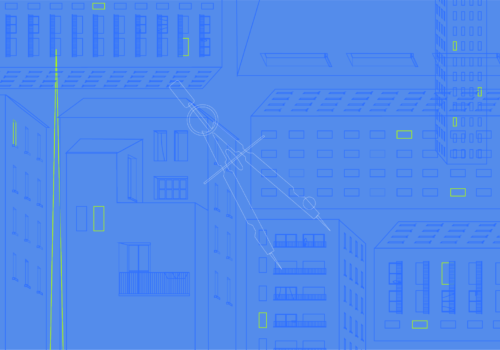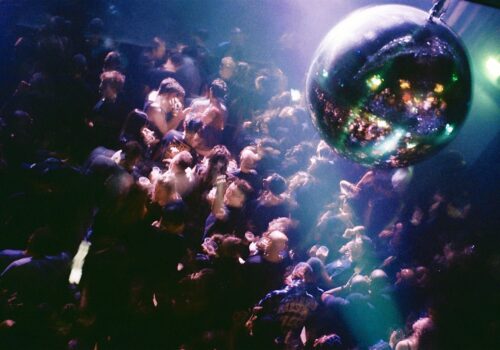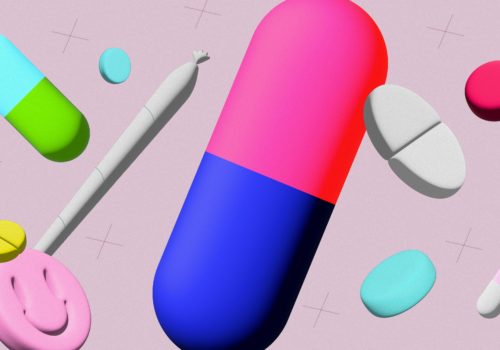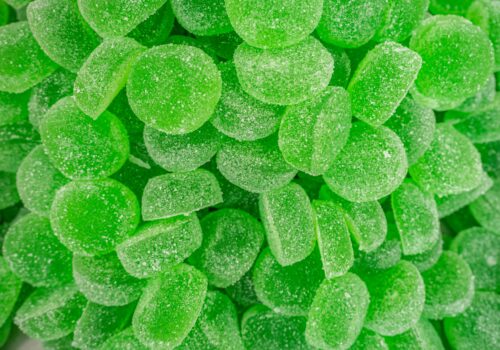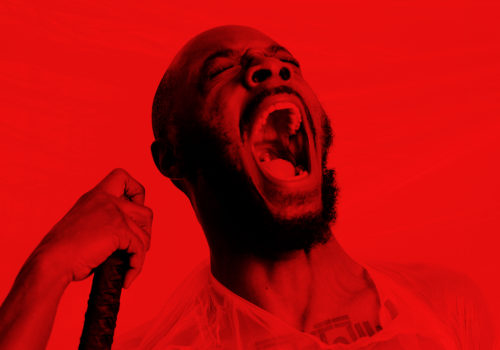What You Told Us About Your Drug Use
Words: Izzy Copestake
Image: mixmag.com
This summer, we’ve been exploring all aspects of festivals, harm reduction, and drug use. As part of the project, District asked about your recreational drug use, and 1160 of you answered. Here’s everything we’re learning from your answers.
Our goals for this project are simple: we want the data to inform our reporting, promote safety, and encourage an open dialogue about harm reduction.
While the survey was taken by District readers and therefore cannot be considered representative of the population as a whole, the large sample size is significant, and the data is representative of our audience. In turn, this has helped immensely in working towards our goals for understanding shifting drug consumption habits.
Alongside the survey, we’re also running a harm reduction video series with the experts at PsyCare Ireland, a non-profit dedicated to supporting festival goers experiencing difficult substance-induced or psychological experiences.
To stay informed about the latest findings from the survey, make sure to follow the District Instagram page where regular updates and harm reduction content will be posted. This webpage will also be continuously updated with new insights and findings as they become available, so stay tuned.
Drug culture is becoming pop culture.
Pretty much all of you are taking drugs—97% of you to be precise. Evidently, taking party drugs is no longer reserved for a minority of the population, despite what official discussions and even our own preconceptions may suggest. Culturally, the world around us reflects this shift in behaviour. This summer, we’ve seen a reincarnation of party-drug culture into the mainstream, at least anecdotally. Charli XCX’s album ‘Brat’ features catchy lines about ‘bumping that’, and a general aesthetic centred around taking stimulants and dancing in a club until morning.

Our data demonstrates that drug use is a widespread habit, not just for the tiny-sunglasses-wearing hardcore ravers, but for young people in general. This habit is also pretty regular: a third of people use drugs multiple times a month, when we expand this to include those who take drugs at least every couple of months, this number goes up to 68%. Unsurprisingly, cocaine was the most popular drug of choice. Last year, it was reported that Ireland takes the joint fourth most cocaine on the planet per capita. Our harm reduction video series with PsyCare Ireland also reflected this. Doctor Kathryn Ledden a founder at PsyCare Ireland, described cocaine use in Ireland as an “epidemic,” being used by people from every corner of society in social settings.
In terms of spending, our data revealed that even regular drug takers spend more on drugs for a single festival weekend than they would in a month. On average, 58% of respondents said they spent under €50 per month generally on drugs. However at a single festival, 68% spend between €50 and €300, with over a quarter spending between €150 and €500. We all know people go hard at festivals, but this is particularly chilling when we consider that dealers selling drugs inside a festival were twice as likely to deceive customers as those selling offsite – and Ireland does not have drug testing at festivals.
What’s more, we know that at a festival, these drugs are likely being mixed with alcohol, other drugs, as well as other aggravating factors such as lack of sleep and poor diet. Our series with PsyCare revealed how emotional and physical stress placed on the body from a festival can negatively impact someone’s drug experience. By refusing to acknowledge inevitable drug use at festivals and not implementing essential testing and harm reduction facilities, the government is making festivals unnecessarily dangerous.
Women like certain stimulants more than men.
While there aren’t huge differences in the ways men and women consume drugs, the data suggests that women increasingly prefer stimulants such as speed and cocaine, whereas men generally use dissociative, depressive, and psychedelic substances more. For instance, 71% of men selected cocaine as a drug of choice, compared to 75% of women. Last month, the Health Research Board reported a sharp rise in cocaine use amongst women in Ireland, noting a 388% increase in women seeking treatment for cocaine use since 2017. Women also were 25% more likely to select speed as a drug of choice.
Men preferred certain dissociative, depressive and psychedelic substances.
Men who took our survey gravitated to ketamine, cannabis, 2CB and LSD more than women. Notably, ketamine was more popular among men, with 53% selecting it as a drug of choice compared to just 46% of women. Some studies such as this published in the National Library of Medicine suggest that women are more sensitive to ketamine than men, and women are generally more sensitive to the adverse effects of the drug, such as nausea, headaches and more likely to report long term effects such as anxiety, dysphoria, tremors, cognitive impairment, and urinary discomfort. However, there are not extensive studies on how ketamine can impact men and women differently, as many studies do not disaggregate the findings in men and women.
The synthetic psychedelic drug 2CB was also much more popular among men. The survey showed that men were 58% more likely than women to take 2cb. Men demonstrated a stronger preference for cannabis as well, being 21% more likely to use it than women.
Interestingly, women and men consume MDMA at exactly the same rate: 71%.
Ketamine use is at its highest yet, especially among young people.
Over the past couple of years, ketamine use has been steadily on the rise in Ireland. Our survey results suggest that people are taking it more than ever, with 49% of respondents cited taking ketamine. According to the European Web Survey on Drugs, just 25% of Irish drug users reported using ketamine in 2022. Earlier this year, Gardaí made the biggest ketamine seizure in Ireland to date, with more than €1 million worth of the drug confiscated in Dublin and Kildare. This seems to reflect the increased demand for ketamine; a demand that appears to be driven by young people: 58% of 22-24 year olds and 55% of 18-21 year olds reported taking ketamine, compared to 48% of the 25-34 age group.
This trend is being reflected in the UK, where use of the drug among 16 to 24-year-olds has more than tripled in the past five years according to the Office For National Statistics.
